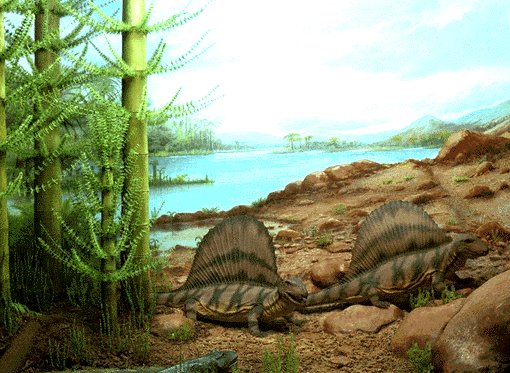Siberian Traps likely culprit for end-Permian extinction
Around 252 million years ago, life on Earth collapsed in spectacular and unprecedented fashion, as more than 96 percent of marine species and 70 percent of land species disappeared in a geological instant. The so-called end-Permian mass extinction *— or more commonly, the “Great Dying” — remains the most severe extinction event in Earth’s history.
Scientists suspect that massive volcanic activity, in a large igneous province called the Siberian Traps, may have had a role in the global die-off, raising air and sea temperatures and releasing toxic amounts of greenhouse gases into the atmosphere over a very short period of time. However, it’s unclear whether magmatism was the main culprit, or simply an accessory to the mass extinction.
http://news.mit.edu/2015/siberian-traps-end-permian-extinction-0916

Nice work, Ken.
If I could do grad school over again, I would totally specialize in vulcanism. Simply because I think volcanoes are bad ass!

